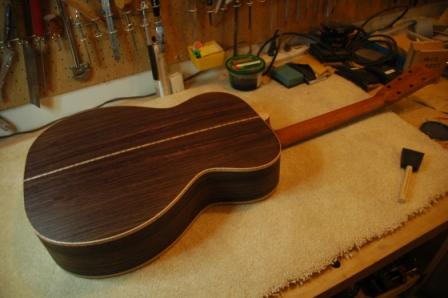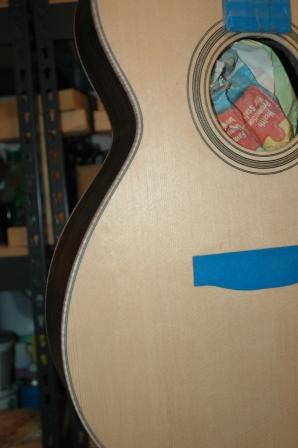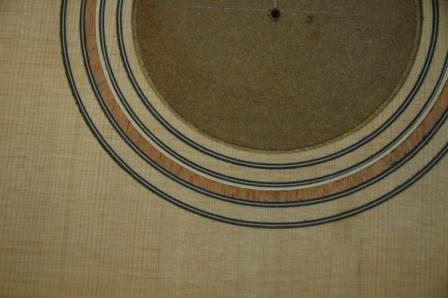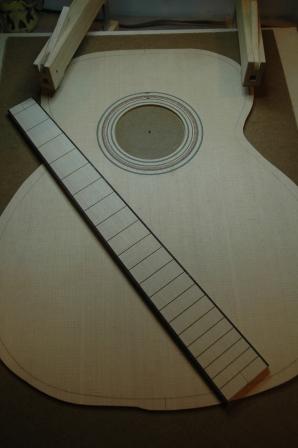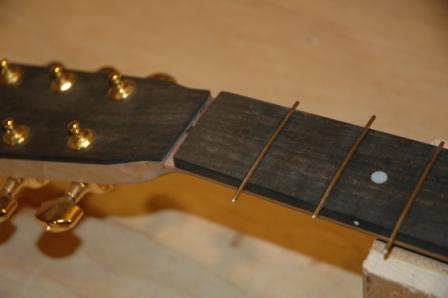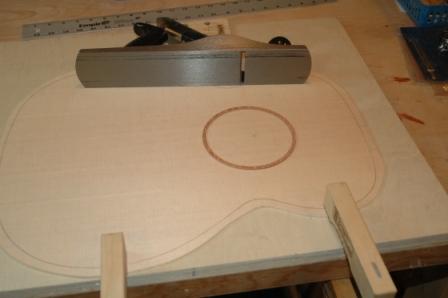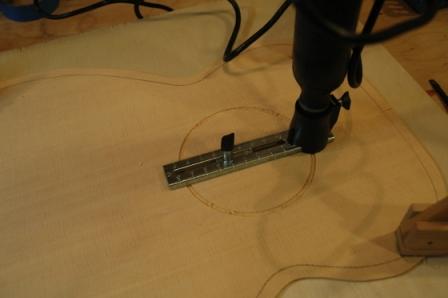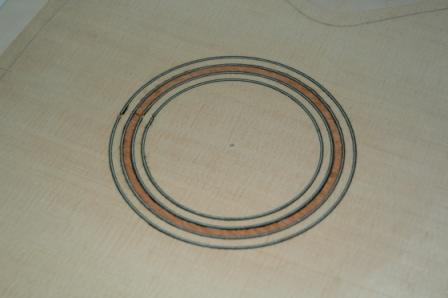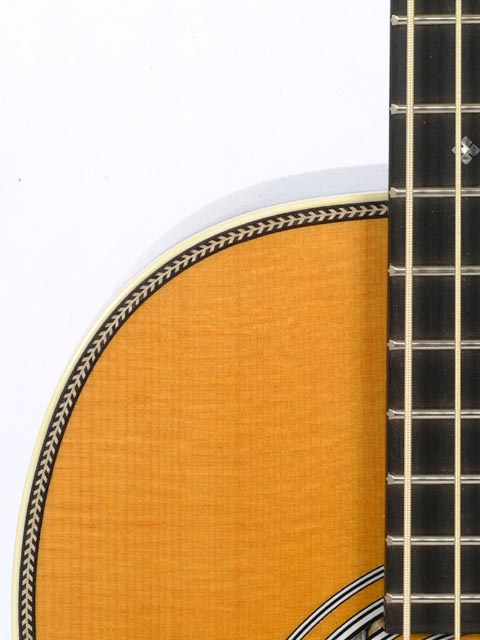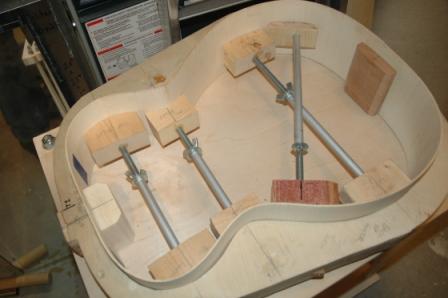Guitar 0408 – The Koa’s on backorder
May 21, 2008
I’ve place an order with LMI for a Koa back and sides, Mahogany top parlor guitar. The Koa is the best quality figure and color available, but it’s on backorder until May 30th. So, I don’t expect any deliveries until early June.
I’ve dropped a line to Iris, the person for whom I’m building the guitar. Here’s the gist of my email:
Now that this looks official, I want to let you know that I am very excited about building your guitar. I have made some design decisions which, if they come out like I imagine them, should be stunning. My only concern is that I become quite attached to the guitars that I build, and once it’s ready for delivery, I may get a little emotional.
I will keep you posted all through the build process. I will document on my blog, and whenever I post an update on your guitar, I’ll send you an email prompting you to go take a look. Also, if you are interested, I can run design decisions through you for your input. Of course, you can always choose to allow me to take off and make all decisions myself.
I work on several guitars at the same time. For example, I’m finishing up a Rosewood OM guitar for myself at the same time I’m progressing with Larry’s Maple OM. Once your materials arrive (by May 30th), I will be finished with the Rosewood and be working on Larry’s and your guitar at the same time.
I don’t know how quickly I will deliver, but it looks like around 3 months, on average, from start to finish
